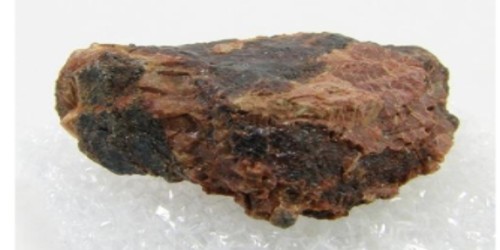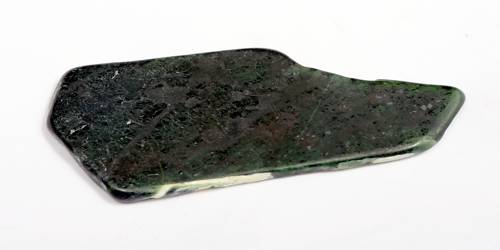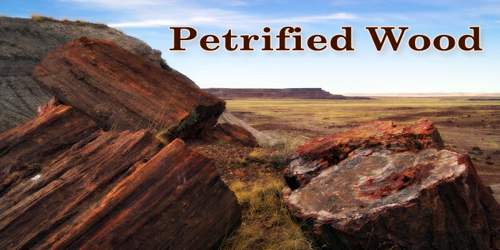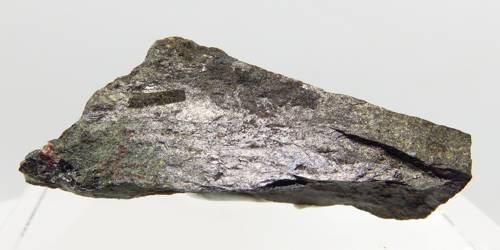Fluocerite is a mineral, a cerium, lanthanum fluoride, formula (Ce, La)F3. It is a mineral consisting of a reddish yellow fluoride of cerium and related metals. It is recognized as two different minerals depending on the cation, fluocerite-(Ce) and fluocerite-(La), corresponding respectively to lanthanum trifluoride and cerium trifluoride. Both crystallize in the trigonal system.
Fluocerite-(Ce) was first described (without the Ce) in 1845 from hydrothermal veins in granite in Sweden. Fluocerite-(La) was first described in 1969 from the type locality in central Kazakhstan.
General information
- Formula: (La, Ce)F3
- Hardness: 4 – 5
- Crystal System: Trigonal
- Name: In allusion to its relationship to Fluocerite-(Ce), plus the “-(La)” suffix due to the dominance of lanthanum in the composition.
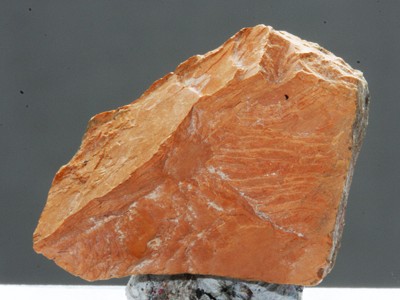
Fig: Fluocerite-(Ce)
Properties
- Luster: Vitreous, Resinous, Pearly
- Transparency: Transparent, Translucent
- Color: Light yellow; darkening to yellow- and red-brown; colorless to pale pink (transmitted light)
- Streak: Off-white
- Tenacity: Brittle
- Fracture: Irregular/Uneven, Splintery, Sub-Conchoidal
- Density: 5.93 – 6.14 g/cm3 (Measured)
Occurrence: In hydrothermal quartz veins in granite.
Association: Quartz.
Distribution: From the Zhanuzak area, Kent massif, Karaganda region, central Kazakhstan.
Information Source:
